Energy Storage
Craig Tropea
Solar
Jonathan Lwowski
Solar
Steve Macshane, CESSWI
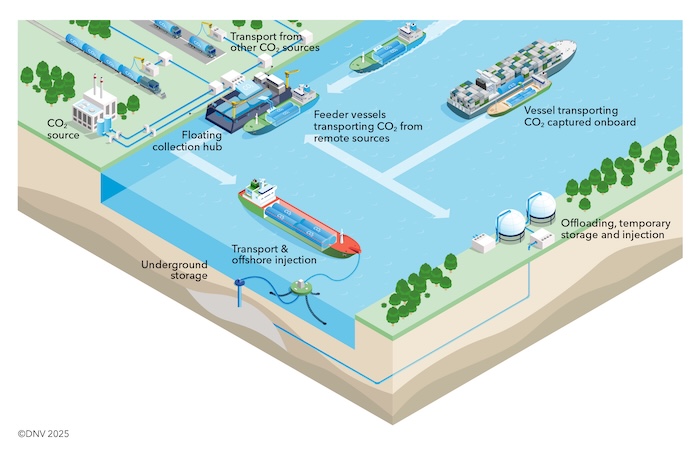
Cumulative investment in carbon capture and storage (CCS) is expected to reach USD 80 billion over the next five years, according to DNV’s new Energy Transition Outlook CCS to 2050 report.
DNV, the independent energy expert and assurance provider, forecasts that capture and storage capacity is expected to quadruple by 2030. Up to now, growth has been limited and largely associated with pilot projects but a sharp increase in capacity in the project pipeline indicates that CCS is at a turning point. The immediate rise in capacity is being driven by short-term scale up in North America and Europe, with natural gas processing still the main application for the technology.
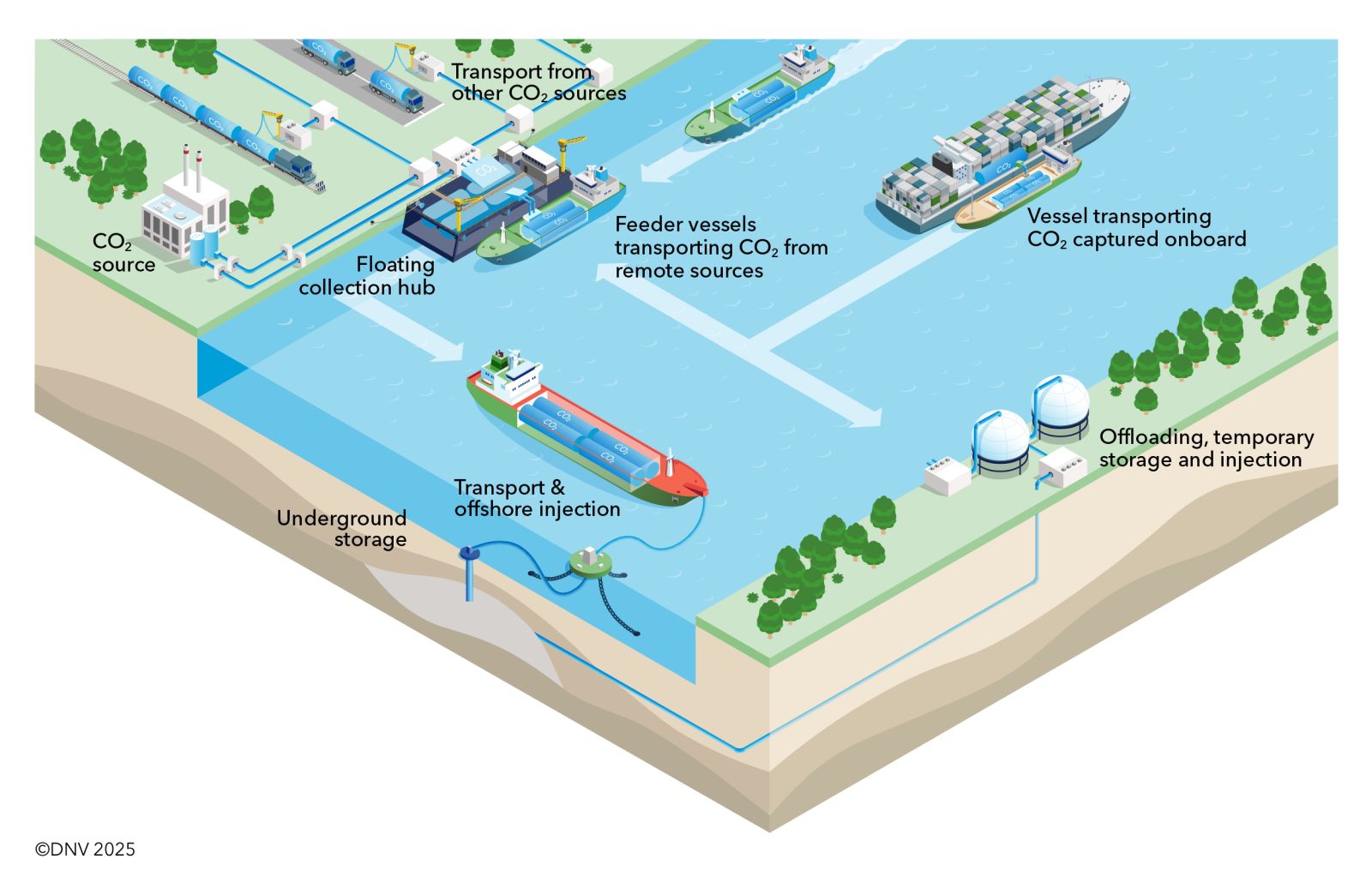
In the longer term, CCS is crucial for addressing sectors that are challenging to decarbonize, such as steel and cement production. These hard-to-decarbonize industries are forecast to be the main driver of growth from 2030 onwards, accounting for 41% of annual CO2 captured by mid-century. Maritime onboard capture is expected to scale from the 2040s in parts of the global shipping fleet.
As the technologies mature and scale, the average costs will drop by an average of 40% by 2050.
Ditlev Engel, CEO, Energy Systems at DNV said “Carbon capture and storage technologies are a necessity for ensuring that CO2 emitted by fossil-fuel combustion is stopped from reaching the atmosphere and for keeping the goals of the Paris Agreement alive. DNV’s first Energy Transition Outlook CCS to 2050 report clearly shows that we are at a turning point in the development of this crucial technology.
“But for all this advancement, the trajectory of CCS deployment remains a long way off where it must be to deliver net zero by 2050. Economic headwinds in recent years have put pressure on this capital-intensive technology and corrective action will need to be taken by government and industry if we are to close the gap between ambition and reality.”
CCS will grow from 41 MtCO2/yr captured and stored today to 1,300 MtCO2/yr in 2050, which will be 6% of global emissions. However, CCS will need to scale to six times this level to reach the amount outlined in DNV’s Pathway to Net Zero Emissions.
The roll-out of CCS is reliant on policy support and recent political turmoil and shifting budgetary priorities pose a significant risk to future deployment. Europe's strong price incentives will lead it to overtake North America in CCS deployment.
DNV forecasts that carbon dioxide removal (CDR) will capture 330 MtCO2 in 2050 – one-quarter of total captured emissions. Bioenergy with CCS (BECCS) is generally the cheaper CDR option and will be used primarily in renewable biomass for power and manufacturing.
Direct air capture (DAC) costs on the other hand remain high at around USD 350/tCO2 through to 2050, but voluntary and compliance carbon markets still ensure the capture of 32 MtCO2 in 2040 and 84 MtCO2 in 2050.
As the world has been too slow to reduce emissions, CDR will be important to reduce the large carbon budget overshoot. Beyond DNV’s forecast period, an enormous amount of CDR, alongside nature-based solutions, will be required to ensure net-negative emissions.
Jamie Burrows, Global Segment Lead CCUS, Energy Systems at DNV said “CCS is entering a pivotal decade and the scale of ambition and investment must increase dramatically. It remains essential for hard-to-decarbonize sectors like cement, steel, chemicals, and maritime transport. But as DNV’s report shows, delays in reducing carbon dioxide emissions will place an even greater burden on carbon dioxide removal technologies. To stay within climate targets, we must accelerate the deployment of all carbon management solutions -from industrial capture to nature-based removal - starting today."
DNV | www.dnv.com

Terramont Infrastructure Partners (“Terramont”), a middle-market-focused North American infrastructure investment manager, has made a $160 million capital commitment to Dispatch Energy LLC (“Dispatch”), a leading provider of distributed energy solutions. Funds managed by Hamilton Lane participated as co- lead investors alongside Terramont.
Dispatch Energy provides reliable and cost-effective energy solutions to commercial and industrial customers. The company’s investments will focus on generating cost savings, enhancing resiliency, and providing grid services designed to meet the growing demand for on-site power generation.
“Dispatch Energy has quickly built an impressive business serving the diverse energy needs of customers,” said Vikram Singh and Michael Lehman, co-Managing Partners of Terramont Infrastructure Partners. “At Terramont, we have a long and successful history of actively investing in the distributed generation industry and couldn’t be more pleased to partner with Rich Dovere and the Dispatch team going forward. Their experience, knowledge, and capabilities are unmatched,” Messrs. Singh and Lehman added. “Terramont and Hamilton Lane share our conviction in the future of distributed energy,” said Richard Dovere, Chief Executive Officer of Dispatch Energy. “Industries across the spectrum need power, and distributed generation is an essential part of filling that need. This commitment will enable us to accelerate our provision of dynamic and creative solutions to customers, and we are grateful for the partnership.”
This partnership brings Dispatch Energy’s total capital commitments in 2025 from all sources to $360 million. Brent Burnett, Head of Infrastructure and Real Assets at Hamilton Lane, commented: “We are thrilled to partner with Terramont and the Dispatch team in this exciting opportunity. Our investment in Dispatch Energy supports our thesis that power constraints in the U.S. will increasingly require creative solutions, and we believe Dispatch is well-positioned to solve power infrastructure needs through their unique approach to distributed generation.”
Dispatch Energy | www.dispatchenergy.com
Terramont Infrastructure Partners | www.terramontinfra.com
Hamilton Lane | http://www.hamiltonlane.com
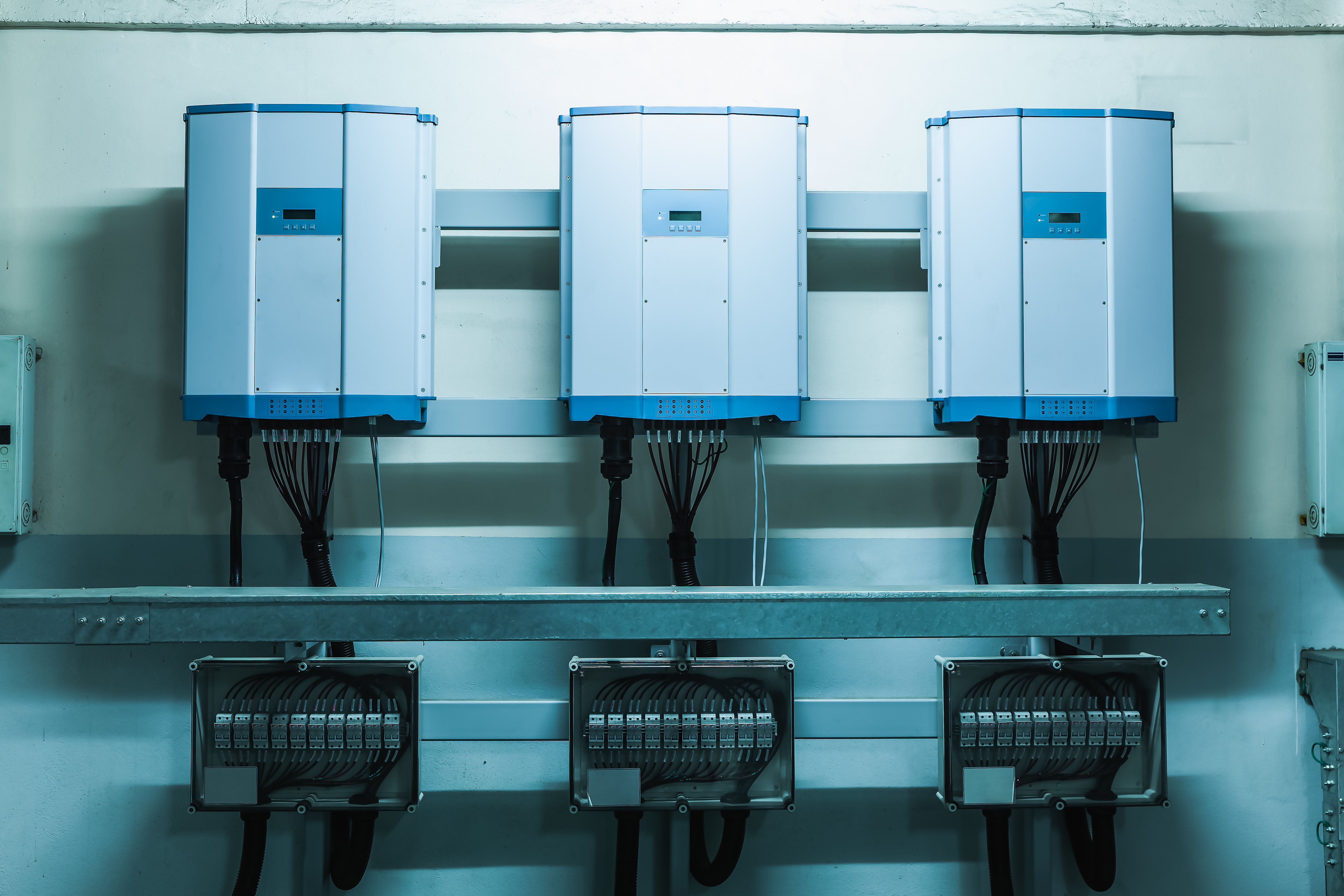
Electric vehicles are surging in popularity across the United States, but in many places, the infrastructure needed to support this transition is lagging dangerously behind. While sales of EVs, hybrids, and plug-in hybrids have risen steadily year over year, public charging availability has not kept pace. The result is EV “charging deserts”: regions where demand for electric vehicles has far outstripped the supply of public chargers.
By mapping EV registration data against public charging infrastructure, Wolf River Electric has pinpointed the areas most in need of investment to meet current demand and prepare for the next wave of EV drivers.
US Overview: EVs Outpacing Chargers
From 2018 to 2023, the US saw explosive growth in electric vehicle registrations. But the number of public charging outlets, particularly Level 2 and DC fast chargers, hasn’t kept up. The national average EV-to-charger ratio has climbed, meaning more EVs per charger, leading to longer waits and more competition for plug-in time.
The Top 5 U.S. Charging Deserts (2023)
These states have the highest number of EVs per public charging outlet:
You may view the full data set here.
High demand for electric vehicles paired with a limited supply of public charging stations creates a serious bottleneck in the EV adoption curve. As more drivers make the switch to electric, the lack of accessible charging points leads to longer wait times, range anxiety, and regional disparities. Without rapid infrastructure expansion, this imbalance threatens to stall progress toward a greener transportation future.
Where Infrastructure Is Strong
Some states have stayed ahead of the curve with better ratios:
Notably, Wyoming leads in fast DC charging accessibility, too, with just 10.19 EVs per fast charger.
Biggest Growth Gaps
These states saw the sharpest increases in EV-to-charger ratios between 2019 and 2023:
This widening gap indicates rapid EV adoption outpacing infrastructure growth.
The promise of a clean-energy future can’t be fulfilled without addressing charging equity. As more consumers embrace EVs, the strain on limited charging networks will grow, particularly in high-density areas and underserved regions.
“As EV adoption accelerates, the data highlights an urgent infrastructure dilemma: demand is outpacing supply in many parts of the country, especially in urban and suburban regions that weren’t originally designed with mass EV adoption in mind. High EV-to-charger ratios don’t just mean longer wait times. They can also discourage potential buyers from making the switch, particularly those who don’t have access to at-home charging.
What’s especially concerning is the disparity between states. While places like Wyoming and North Dakota show strong charger-to-EV ratios, likely due to proactive rural infrastructure planning or lower population densities, large and populous states like Texas, New Jersey, and Illinois are seeing a sharp increase in vehicle-to-charger imbalances. This trend signals a looming bottleneck as more EVs hit the road without a corresponding rise in fast-charging infrastructure.
If we want to future-proof America’s EV revolution, the next phase of investment must focus on accessibility and equitable distribution of chargers. That means prioritizing high-demand areas where drivers are underserved today, and preparing rural and suburban communities where growth is imminent. Without this, we risk slowing down one of the most promising transitions in transportation history,” says Clean Energy Expert, Justin Nielsen from Wolf River Electric.
With the EV market gaining momentum and federal incentives pushing adoption even further, solving the public charging gap is no longer a future concern, but a present challenge. This story offers a data-driven lens on where infrastructure is falling behind, where it’s working well, and what it will take to support the next wave of EV drivers.
Wolf River Electric | https://wolfriverelectric.com/

Consumer Energy Alliance (CEA), the leading energy and environmental advocate for families and businesses, applauds President Trump and Congress on the successful passage of three critical Congressional Review Act resolutions that rescind Environmental Protection Agency (EPA) waivers allowing California's restrictive vehicle mandates to be imposed on other states.
The three resolutions – H.J.Res.87, H.J.Res.88, and H.J.Res.89 – received bipartisan support and effectively block California's Advanced Clean Trucks rule, Advanced Clean Cars II mandate, and Omnibus Low NOX regulation from being forced upon more than a third of the nation's population.
"CEA applauds President Trump for his swift action in signing these resolutions into law, and we commend Congress for taking decisive bipartisan action to protect American consumers from California's overreaching, anti-choice vehicle policies," said CEA President David Holt. "While EVs should be a choice for those who want them, these measures defend consumer freedom by ensuring families across America retain the right to choose vehicles that meet their unique needs and budgets, without facing artificial market constraints or paying premium prices they simply cannot afford."
The rescinded waivers would have allowed twelve states to adopt California's vehicle mandates, forcing costly restrictions on more than 100 million Americans. Also, they would have imposed significant costs on families and businesses, with electric vehicles costing approximately $12,000 more than gas-powered alternatives and charging infrastructure remaining limited in many communities. As pointed-out in CEA’s report “Freedom to Fuel”, significant hurdles still exist that make these broad EV mandates extremely problematic for America’s drivers.
"California's track record speaks for itself, with energy and transportation policies that have resulted in skyrocketing costs and reliability challenges that disproportionately impact working families and small businesses," Holt said. "The passage of these resolutions by President Trump and Congress represents a crucial victory for preserving vehicle choice and economic freedom from policies that would have imposed an expensive, unreliable energy model on the rest of the nation. Today represents a victory for practical, balanced energy policy that puts American families first."
Consumer Energy Alliance | https://consumerenergyalliance.org/
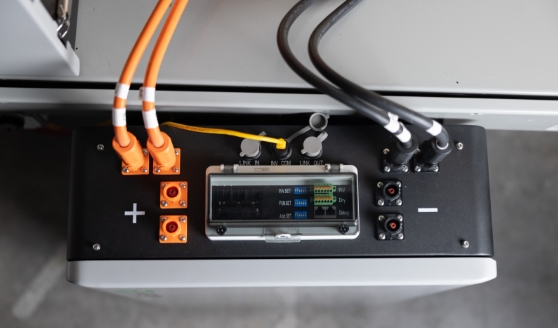
Renon Power USA is thrilled to announce thrilled to announce that the Xcellent Plus - our most advanced residential energy storage solution yet - is shipping to our first batch of installation partners across the United States.
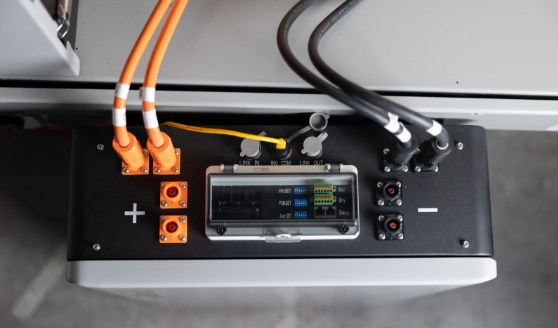
Revolutionary Technology, American Innovation
The Xcellent Plus represents a quantum leap forward in home battery technology. With 16kWh of nominal energy capacity and scalable with up to 15 units on a single inverter, this powerhouse delivers unmatched performance when paired with industry-leading inverters like the Sol-Ark 15K.
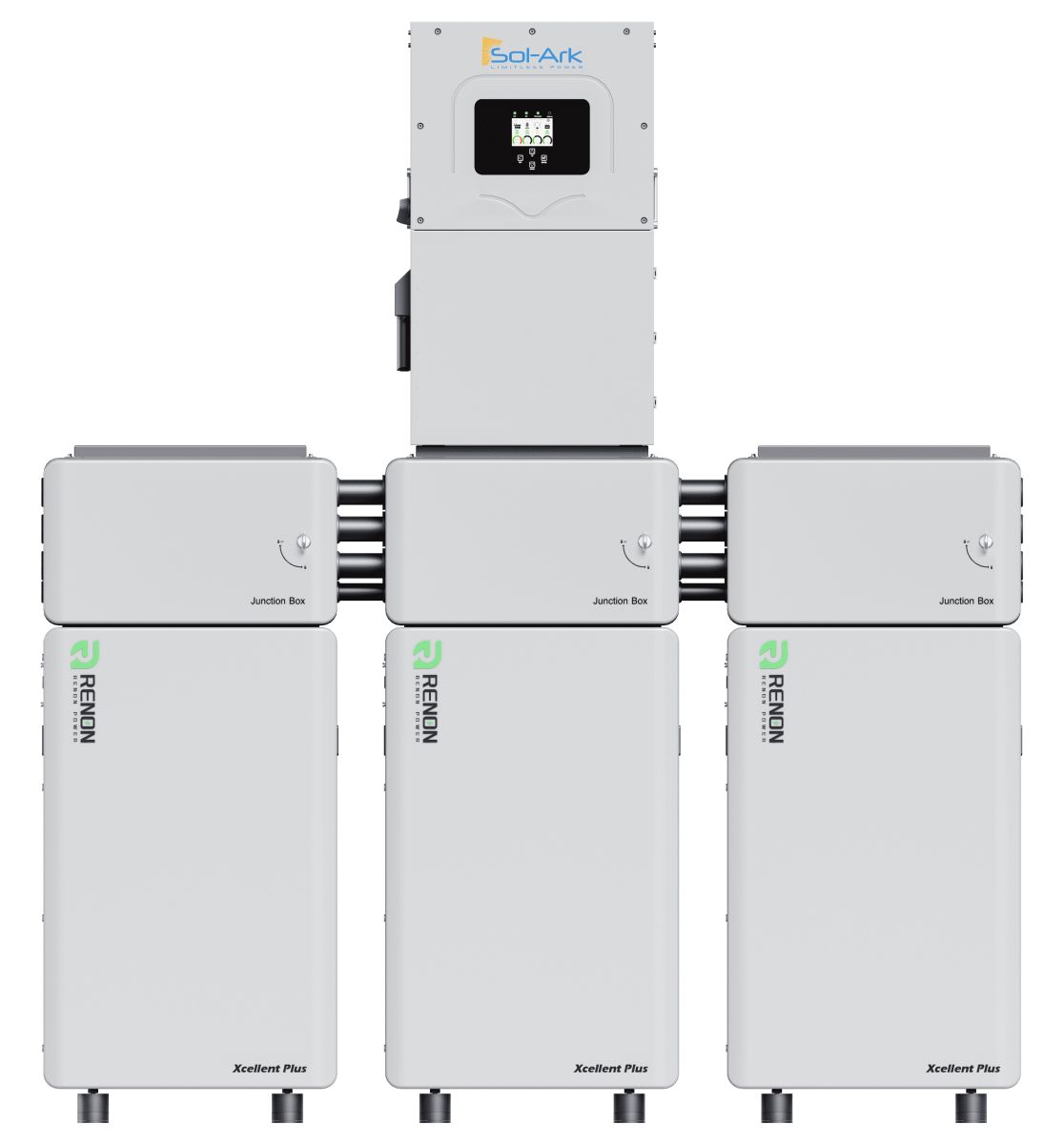
What makes the Xcellent Plus extraordinary:
Renon Power USA | https://www.renonpower.com/
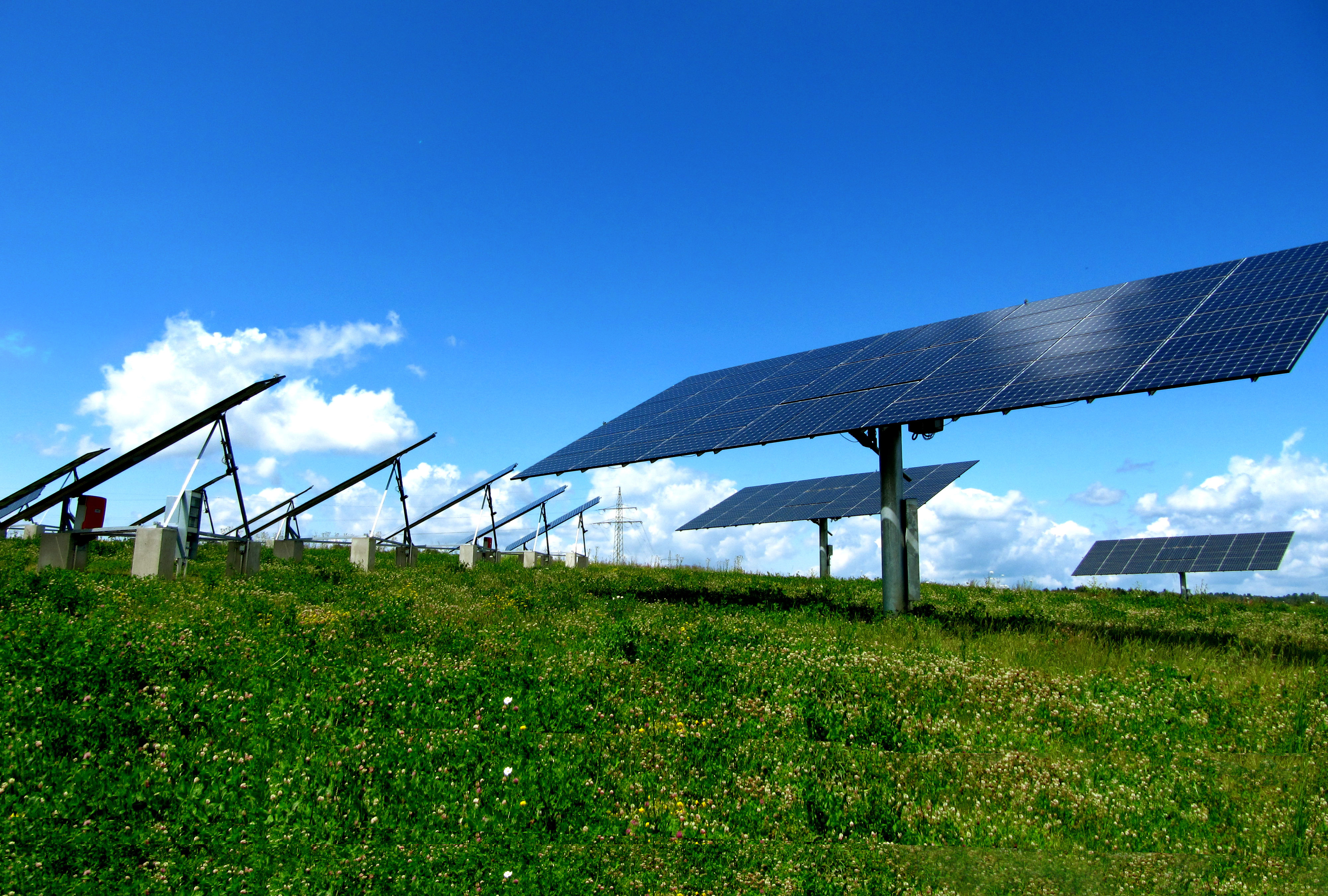
Hounen Solar America Inc., a U.S.-based manufacturer of high-performance solar modules, proudly announces that its HNM7-SHDB144-550/M bifacial module has successfully passed the Hail Stress Sequence (HSS) test conducted by Kiwa PVEL, a globally recognized independent photovoltaic reliability testing laboratory. This achievement underscores Hounen Solar’s commitment to delivering durable, field-tested solar technology designed to perform in the most demanding conditions.
.jpeg) The HSS test, part of Kiwa PVEL’s Product Qualification Program (PQP), replicates extreme hail events that exceed standard IEC 61215 testing protocols. Modules are subjected to 11 impacts from 45 mm ice balls traveling at terminal velocity (~30.7 m/s), each impact delivering more than 20 joules of energy.
The HSS test, part of Kiwa PVEL’s Product Qualification Program (PQP), replicates extreme hail events that exceed standard IEC 61215 testing protocols. Modules are subjected to 11 impacts from 45 mm ice balls traveling at terminal velocity (~30.7 m/s), each impact delivering more than 20 joules of energy.
Exceptional Test Performance
Minimal Power Degradation: Average power loss (PMAX) of just 0.57%, far outperforming industry benchmarks.
No Visual Defects: No glass fractures or cell damage observed in post-test inspections.
Maintained Electrical Integrity: No instances of open circuits, bypass diode failure, or compromised module performance.
Outstanding Moisture Resistance: Post-test insulation resistance measured at 12,916 MΩ·m², exceeding IEC 61215:2021 standards.
“These results validate the strength of our engineering and quality assurance processes,” said Guo Min, Technical Director at Hounen Solar America. “We designed the HNM7-SHDB144 series not only for high efficiency, but also for long-term resilience, and these test results clearly demonstrate that.”
Technically Advanced, American-Assembled
The HNM7-SHDB144-550/M module is engineered with:
10BB bifacial monocrystalline PERC technology
Up to 21.48% front-side efficiency
Rear-side power gain of up to 25%
High PID resistance and excellent low-light performance
Certifications: IEC 61730, UL 61730; compliant with ISO 9001, ISO 14001, and ISO 45001 standards
Assembled in Orangeburg, South Carolina, these modules are ideally suited for projects requiring U.S. domestic content and high durability in the field.
Hounen Solar America | https://hounensolar.com/

Stahlin Enclosures is proud to announce that the expansion of its innovative line of SolarShield® HMI Covers has earned 2025 Product of the Year Silver honors in two prestigious industry competitions. The product has been recognized by:
• Control Engineering – Silver Winner in the Control Components Category
• Plant Engineering – Silver Winner in the Electrical, Power & Lighting Category
The SolarShield HMI Cover is engineered to protect Human-Machine Interface (HMI) Systems from direct sunlight, water, oils, dirt, and other environmental hazards. Additionally, SolarShield HMI Covers offer hands-free visibility of HMI screens, optimizing overall operational efficiency. The expansion of the SolarShield line includes two new, larger HMI cover sizes in both opaque and clear configurations, offering greater application flexibility.
“We’ve been dedicated to solving customer challenges for decades with products that truly perform in the field, so this recognition is a testament to that ongoing commitment,” said Craig Mitchell, President of Robroy Industries®, Enclosures Division. “The expansion of the SolarShield HMI Covers line reflects Stahlin’s unique ability to listen to the industrial automation and control industry’s evolving needs and address them by delivering innovative and durable solutions.”
Chosen by readers of Control Engineering and Plant Engineering, the Product of the Year awards honor outstanding new products that advance automation, controls, and facility operations.
Stahlin Enclosures | https://www.stahlin.com
Energy Storage Jun 11, 2025
According to a recent report from the US Energy Information Administration, though 2024 saw record-setting levels of energy consumption, demand isn’t slowing down anytime soon. This comes less than six months after a separate reporte....
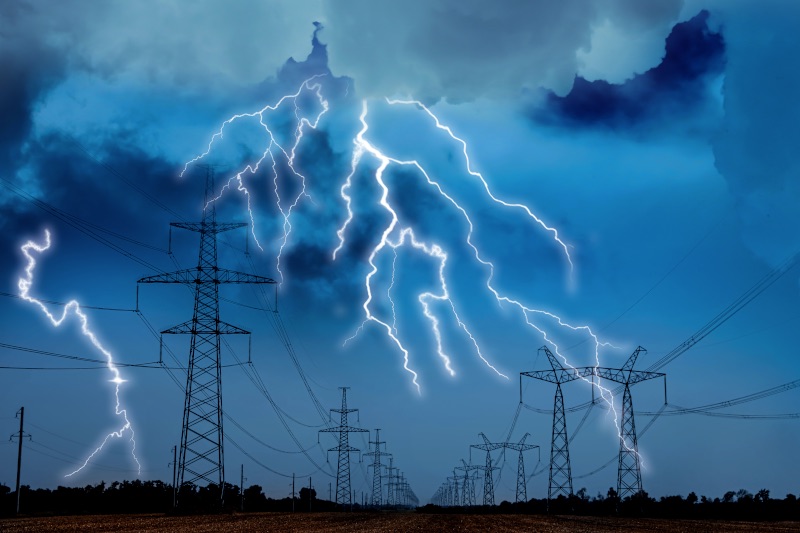

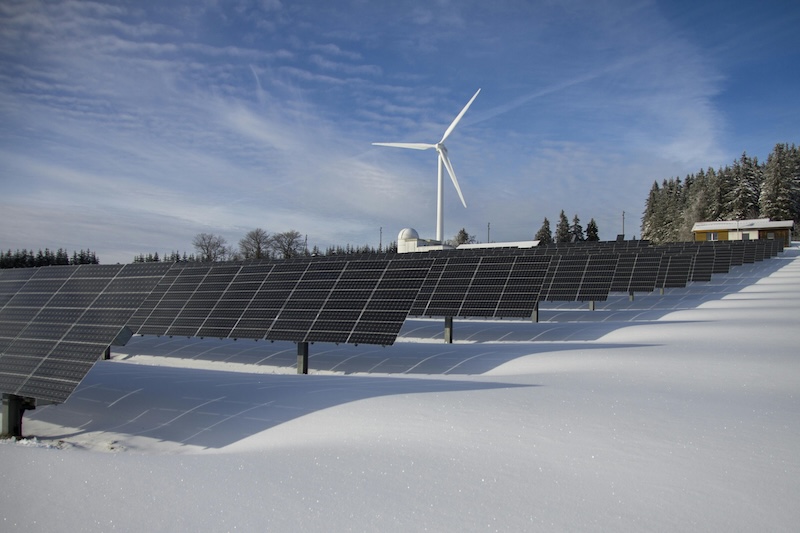
Building codes and minimum building standards such as ASCE 7, Eurocode, and the National Building Code of Canada, are used to calculate the maximum forces a building may encounter. These forces result from wind, snow and seismic activity. For wind up....
The National Oceanic and Atmospheric Administration (NOAA) estimates that in 2024 alone, the United States experienced 27 weather- and climate-related billion-dollar disaster events, with losses totaling $182.7 billion. Severe convective storms — a....
As the world transitions to clean energy, one of the biggest challenges facing the solar industry isn’t technology or financing — It’s labor. The demand for skilled workers to install and maintain solar infrastructure far exceeds supply, threat....
Renewable energy sources such as wind an....
According to a recent report from the US Energy Information Administration, though 2024 saw record-setting levels of energy consumption, demand isn’t slowing down anytime soon. This comes less than six months after a separate reporte....
Natural disasters including hurricanes, severe storms, winter storms, wildfires and heat waves are becoming more frequent and severe, causing widespread power outages across the United States. Between 2000 and 2023, 80 percent of U.S. power outages w....
The geospatial sector has long worked behind the scenes, enabling technological advancements. However, with the rise of artificial intelligence (AI) and digital twins, it is now playing a vital role in the modernization of energy grids. These innovat....
How can one know the climate impact of a purchase or investment? Clean energy production is about climate mitigation, but how can one know the climate impact of a purchase or investment? Many investors and buyers want to understand how t....
There is no question that weather events place enormous stress on the country’s power grids. Nowhere is this more clearly on display than in the renewable energy market, including the turbulent conditions of the offshore wind industry. As....
Hydrogen peroxide (H2O2) is well known as a household disinfectant, but in its concentrated forms, it has a powerful second life as a clean and efficient propellant used in space applications. When decomposed, H2O2 breaks down into oxygen and wa....